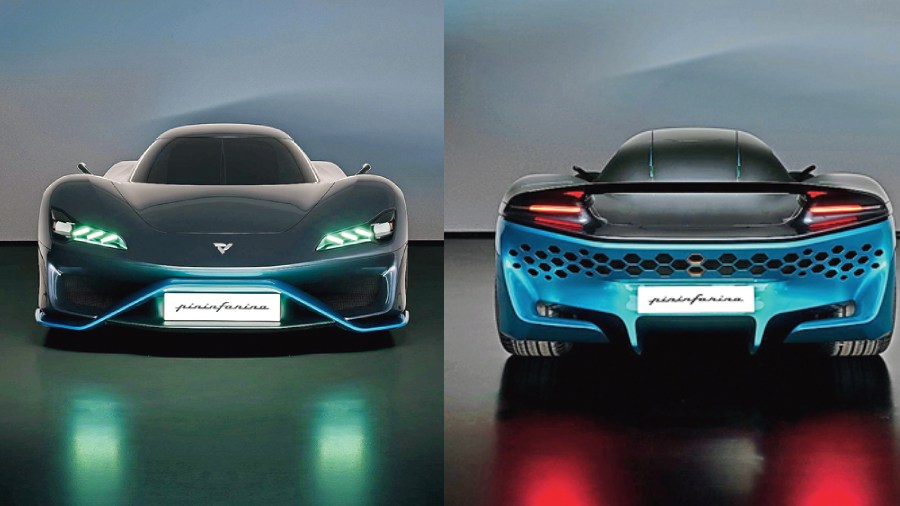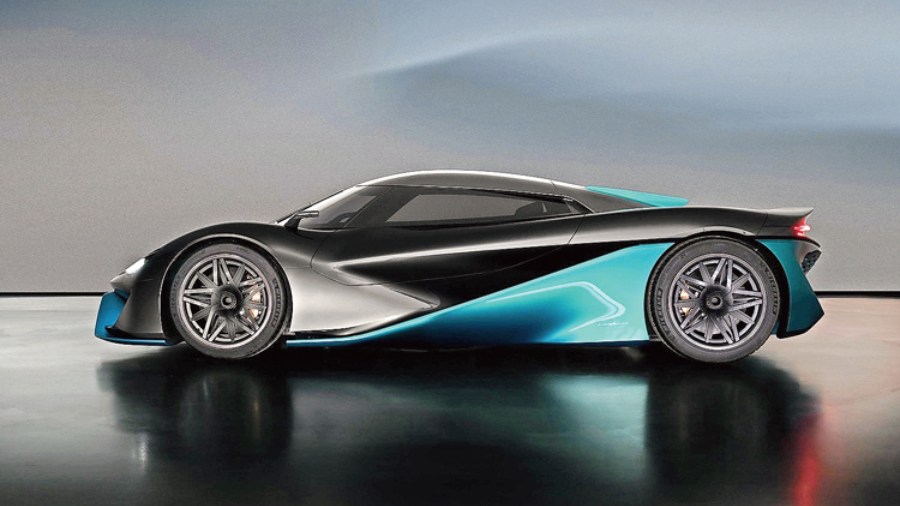It has been agreed by more or less all stakeholders that the way forward for mobility is the electric vehicle (EV). And while battery EVs seem to be ruling the roost at the moment for a wide variety of reasons, the jury is still out on whether hydrogen powered fuel cell EVs are out of the contention.
Going by the R&D that bigger car makers are undertaking, they aren’t ruling out FCEVs either, although how the hydrogen supply system will be set up has not been answered yet.
Meanwhile, a little company in the UK, Viritech, has showcased a hypercar recently that questions some basic concepts of building FCEVs and dramatically so — and we aren’t just talking looks here.

The Pininfarina-styled Viritech Apricale hypercar claims some very impressive statistics. It weighs under a tonne and produces a total of 1,072bhp, that is it has attained the holy grail of 1,000bhp per tonne with room to spare. It is supposed to hit 100kmph from standstill in under 2.5 seconds. Top speed is claimed to be faster than 320kmph (200mph). It’s direct drive with all wheels driven by ITS two 400kW (536hp) electric motors.
Where it is conceptually different from other FCEVs is in how it treats the combination of battery and fuel cell. While most hydrogen-powered cars treat the batteries as the primary source of energy and the fuel cell as the range extender, the Apricale does exactly the opposite. Therefore, it can do with a smaller battery pack, almost halving the weight and, like hydrocarbon-powered cars, keeps reducing weight as the hydrogen ‘fuel’ keeps getting used up, this thereby carries a lower weight and goes a longer distance. The range of The Apricale is a claimed 350 miles (563km)! Now how costly is this tech? That answer is yet to come.
Pictures courtesy Viritech











